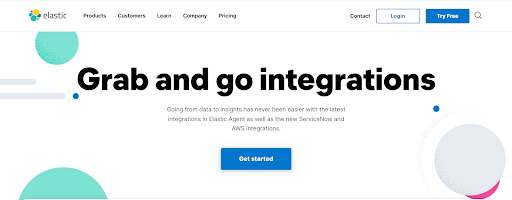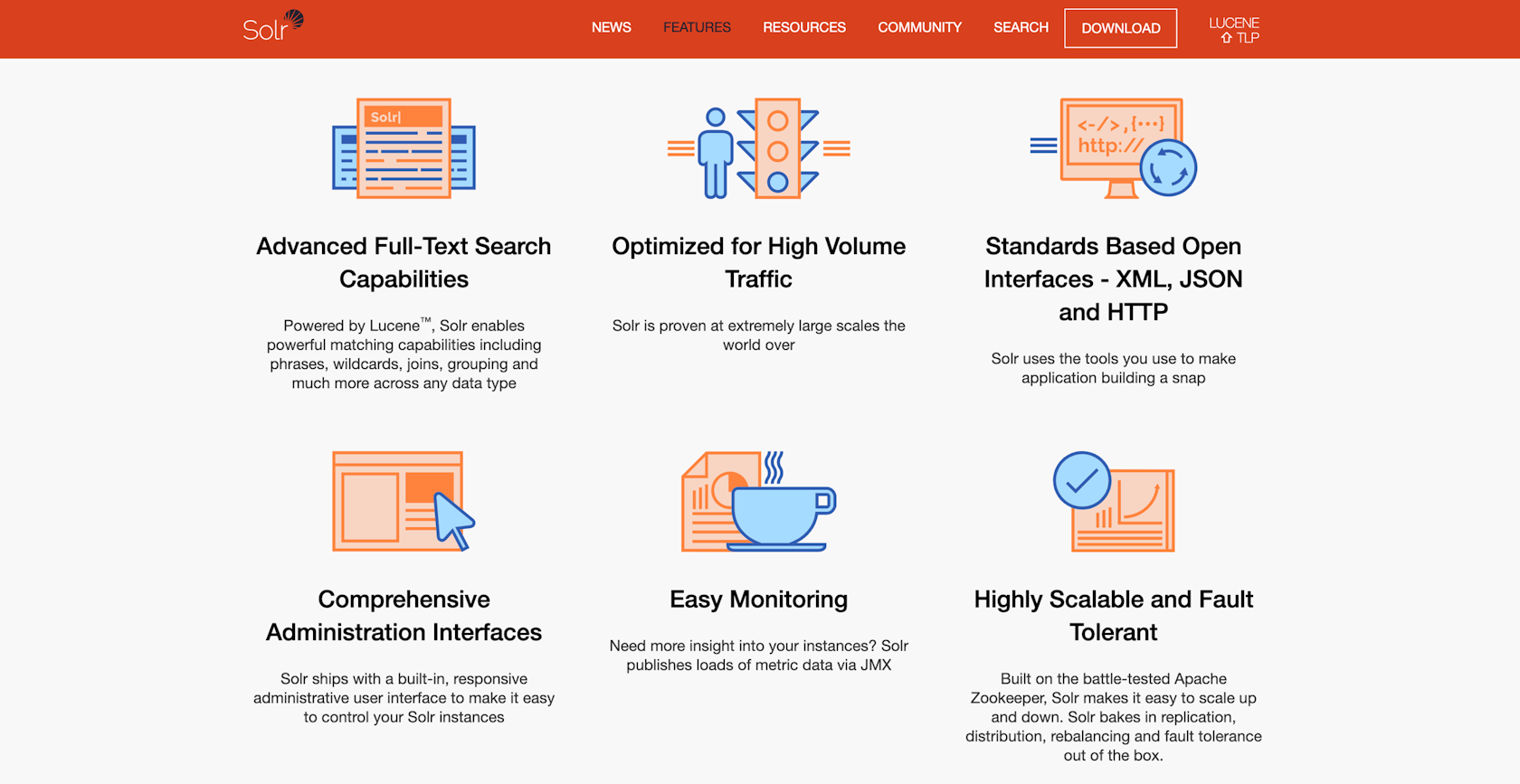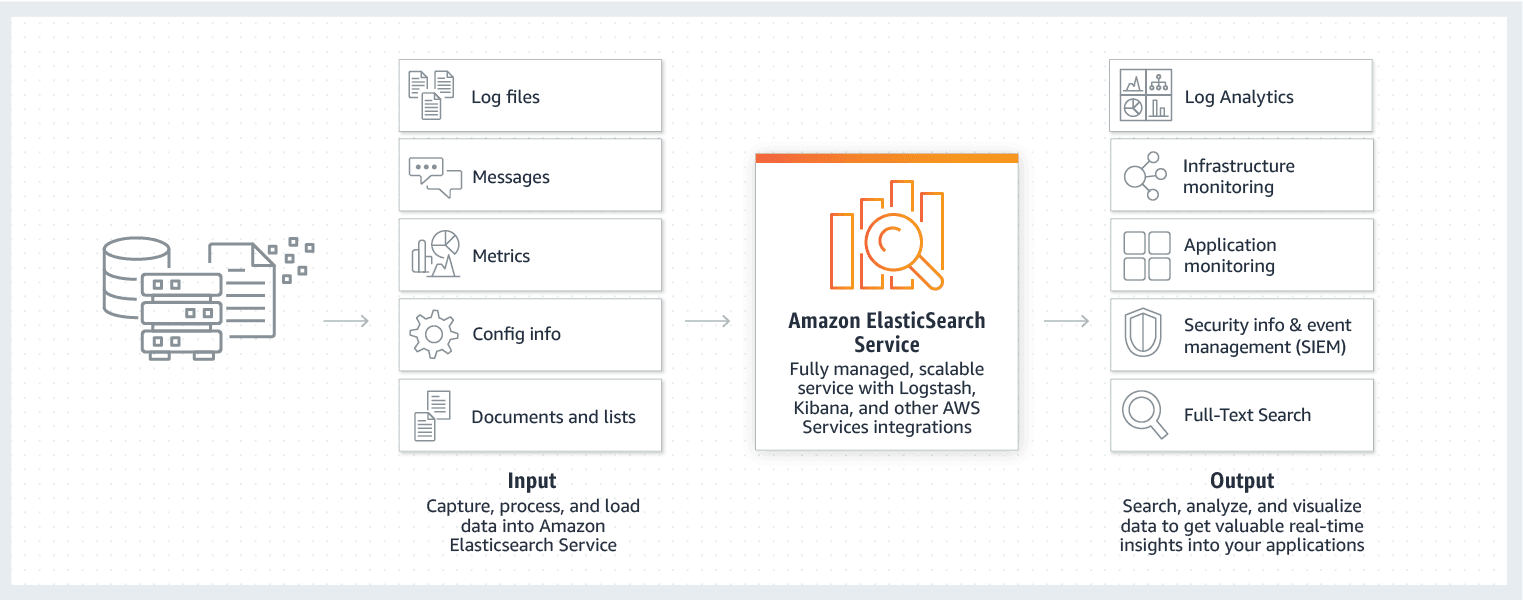
HOW TO CREATE A SEARCH ENGINE SOFTWARE FOR YOUR BUSINESS?
In our age of technologies and the Internet, search engines have become powerful tools allowing for a variety of operations. Everyone applies these tools to find information on whatever topic they need. But, apart from being just a source of information, search engines can also bring many more advantages, especially the ones companies develop on their own.
Therefore, companies often wonder how to build a search engine in practice. In this article, you can find the steps that lead to the creation of functional and efficient search engine software. Before you figure out how to start a search engine, let’s find out what this term means.
A search engine is web-based tool users utilize to find certain information on the Internet. Usually, it is an automated software application which can perform several functions:
Crawling
Crawlers search on different websites at the same time to collect large amounts of information that enables the search engine to find up-to-date content.
Indexing
After crawling, the search engine usually indexes the found content. It is based on the appearance of the keyword phrases on each website individually and allows fast and easy query and subject search.
Storing information
To make the search quick and easy it is crucial to store the web content within the database.
Giving Results
These are the hyperlinks to the websites that appear in the search engine after you have typed your query.
Building your own search engine can be beneficial for a long-existing company as well as for startups because it helps to keep track of competition and gather important data and information about the customers. So, how to make a search engine?
HOW TO CREATE YOUR OWN SEARCH ENGINE SOFTWARE?
When coding a search engine, there are certain rules to follow. There are two stages of the process and each has several steps.
The First Stage
This stage helps you prepare for developing your own engine software as well as explains how to design a search engine successfully.
Step 1. Write down the search requirements
First, you need to write down the requirements for the search. To understand this, you have to answer the following questions:
- How much data is planned?
- How many searches will be there?
- How often will the data be updated?
- What features do you need?
- Is aggregation needed?
Step 2. Select an engine
The second step of making a search engine is to choose the engine itself. Exactly, there is no need to build a search engine software from scratch, you can select the existing one and tune it according to your needs. They are also very well optimized in terms of efficiency.
Solr, Elastic Search, Sphinx, Xapian are ones of the most popular. Let’s have a closer look at them.
It is open-source with refresh interval of 1 second which started in the early 2000s. It helps customers explore and analyze different kinds of data like Apache logs and Twitter streams. It allows for the creation of the app, enterprise, and website search along with monitoring geo data, monitoring availability, and analyzing security events.

It is a dependable and scalable open-source enterprise search platform that provides load-balanced querying and replication, distributed indexing, automated failover, and recovery. It was created in 2004 with updates approximately every year. The last one took place in December 2021.

This search engine library is created to help developers add search facilities and advanced indexing to their applications. It has partly evolved from Open Muscat engine which was first designed back in the 1980s. Updates take place every year or so with the latest version presented in December 2021.

Step 3. Start the Engine
The next step is to start the selected engine. Setting the analyzers and compound queries along with arranging the boosts for the fields are the main processes that you have to do at this step.
If you prefer using Elastic Search, as we do, you can use their own service. It makes the process of deployment, security, and operation of the Elastic Search on a large scale easy and fast.

Step 4. Define Index Structure
When creating a search engine software you have to determine the index structure. Even though it is a kind of database, it is important to remember that this is not the main data storage, neither it is a relational database. The index structure must be organized in a way that is convenient for the search. The data stored there also has to be the only one that is necessary for the search.
Step 5. Set Up Data Update
It is important to send the updated information from the database to the search engine. Some engines get this information directly from the database when in other cases you have to add a special code that completes this task. The search engine is more efficient when updates are rare. So, if there are dozens of queries per minute, it would be better to set the index update once per several minutes. This will allow sending numerous updates together.
Developers working with Elastic and using Python could utilize Github service and Celery to plan the index update.
Step 6. Start making requests
At this stage, your search engine works well and might not require any additional work. Therefore, you can start making requests.
You can use different ranking algorithms that apply the data on the frequency of the word in texts and the engine knows that the main word in the “cardiology services” query, for example, is cardiology. You can use different ranking algorithms that apply the data about the word frequency in texts. So, in the phrase “cardiology services”, the engine can identify the word “cardiology” as the main one. Therefore, the results matching both words go first. Then, there will be the ones matching “cardiology” and the other ones matching “services”.
When working with Elastic, we prefer Elastic DSL. There are several reasons why:
- It is able to build index automatically which is very convenient at the prototyping stage.
- Its http-based api is user-friendly and allows for coding in any programming language.
- There are numerous instruments available such as Kibana and Logstash.
- Amazon offers Elastic as a service which simplifies the launch and administration of the search engine.
This is where the first stage of search engine development comes to an end and the second one begins.
The Second Stage
This stage deals with other processes that help you figure out how to create a search engine like Google.
Step 7. Assign a Responsible Person for Data Collection
First of all, you need to hire an expert who specializes in databases. Even though setting up a search is a technical task, a technical specialist may not be able to understand what kind of data users need and why. This is when a data specialist comes into use.
Step 8. View User Search History
It’s important to find out if the results of your search engine are suitable for certain queries. It can be done by checking the user search history, choosing the top ten queries according to the popularity and letting an expert check their relevance.
Step 9. Formulate What Documents Are Expected as a Result
Next, you have to formulate what documents are needed as a result. This is when you need to think about how you, as a human, would process such queries. For instance, you are working on scientific articles and as a result, you may get the following:
- Matches in the name of the article are more important than matches within the text.
- Matches within the text are more important than matches in the references.
- Matches of the author’s name are more important than matches within the text and in the list of quotations.
- Name and surname must be searched together, not separately.
- The word “vaccine” is usually misspelled as “vacine” and this query must be processed as well.
Step 10. Find out the Source of the Problems
The final step is to find out why problems occur if there are such. Reading the information on how the engine search is built and the methods of its troubleshooting can be helpful. Sometimes you might need to readjust the basic principles to find the problem. However, sooner or later problems that require a debugging mode and detailed analysis will appear.
Depending on your search engine rules, you may need various ways to fix the query, which will always be interactive. So, identify the problems, sort them out and try to enjoy the process.
If you are working with Elastic, there are a few tips to help you make a search engine software for your business:
- Read about all the analyzers. Usually, only two or three of them are used, but you need to know about the others.
- Understand how compound queries work, especially the Bool query. You can find more information about it here.
Use appropriate weights and boosts. There is a great book “Relevant Search With Applications for Solr and Elasticsearch” by Doug Turnbull and John Berryman that might be helpful.
How to Hire Developers
When collecting information on how to develop a search engine, one should not forget about hiring specialists that meet your requirements. There are several alternatives. Let’s look at the pros and cons of each of them.
In-house Team
One of the options is to have an in-house team.
Pros:
- Such a team is usually more professional and more involved in the process.
- You have total control over the team’s work.
Cons:
- You have to pay quite a high cost to develop a search engine software for a team of skilled professionals.
- It may be difficult to find qualified developers.
- There is no guarantee they will work well in a team.
Freelancers
If you are not able to hire an in-house team, you may try to work with freelancers.
Pros:
- They charge far less money than an in-house team.
Cons:
- Finding experienced freelance developers is not easy.
- There are certain risks: they can suddenly disappear or not be able to meet the deadlines.
- You might have to hire a project manager to keep the process under control.
- Communication between the members of the project requires additional help.
Outsourcing to an Agency
The third way, which many companies successfully use nowadays, is outsourcing the task to build a search engine software to an agency such as Gearheart, for example.
Pros:
- Such agencies have skillful and professional employees that have a great experience in this field.
- You pay only for the actual time spent on the development.
Cons:
- Sometimes such agencies might not able to meet a deadline or provide a product of the expected quality.
You can avoid such problems when outsourcing web development by choosing an agency wisely — it should have a good reputation and the skills of the developers have to meet your needs (this can be checked in their portfolios). And, of course, you should never hesitate to ask questions whenever they occur.
Wrap up
The creation of search engine software is a great way to enhance the opportunities of your business. What’s more, it can be interesting and fun if you follow certain rules and enjoy the process. We hope this article will shed some light on how to make your own search engine. Engaging a professional web app development team like Gearheart is always an advantage for your project because the work is done by skilled developers. So, choose the approach that meets all your needs and set off for a developing journey.

